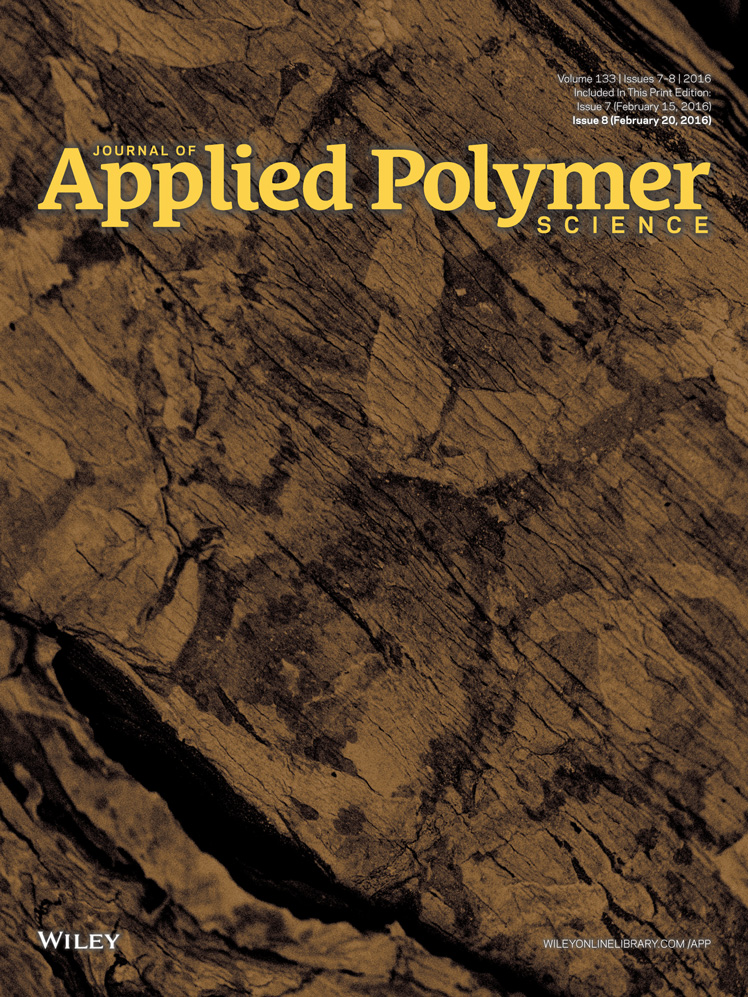Replacement of styrene with acrylated epoxidized soybean oil in an unsaturated polyester resin from propylene glycol, isophthalic acid, and maleic anhydride
ABSTRACT
Commercial unsaturated polyester (UPE) resins typically contain a high amount of volatile toxic styrene. A non-volatile acrylated epoxidized soybean oil (AESO) was found to be an excellent replacement of styrene in a commercially available UPE resin [designated as Styrene-(PG-IPA-MA)] that is derived from propylene glycol (PG), isophthalic acid (IPA), and maleic anhydride (MA) in terms of the mechanical properties of the resulting kenaf fiber-reinforced composites. The AESO-(PG-IPA-MA) resins had low viscosity and long pot life below 70°C for a typical fiber-reinforced composite application. AESO and PG-IPA-MA were not able to form a strong polymer matrix individually for fiber-reinforced composites. However, a combination of AESO and PG-IPA-MA saw strong synergistic effects between them. The flexural, tensile, and water absorption properties of kenaf fiber-reinforced composites made from AESO-(PG-IPA-MA) resins were comparable with or even superior to those from the Styrene-(PG-IPA-MA) resin. The AESO/(PG-IPA-MA) weight ratio was investigated for maximizing the mechanical properties of the kenaf fiber-reinforced composites. The curing mechanism of the AESO-(PG-IPA-MA) resins is discussed in detail. © 2015 Wiley Periodicals, Inc. J. Appl. Polym. Sci. 2016, 133, 43052.




